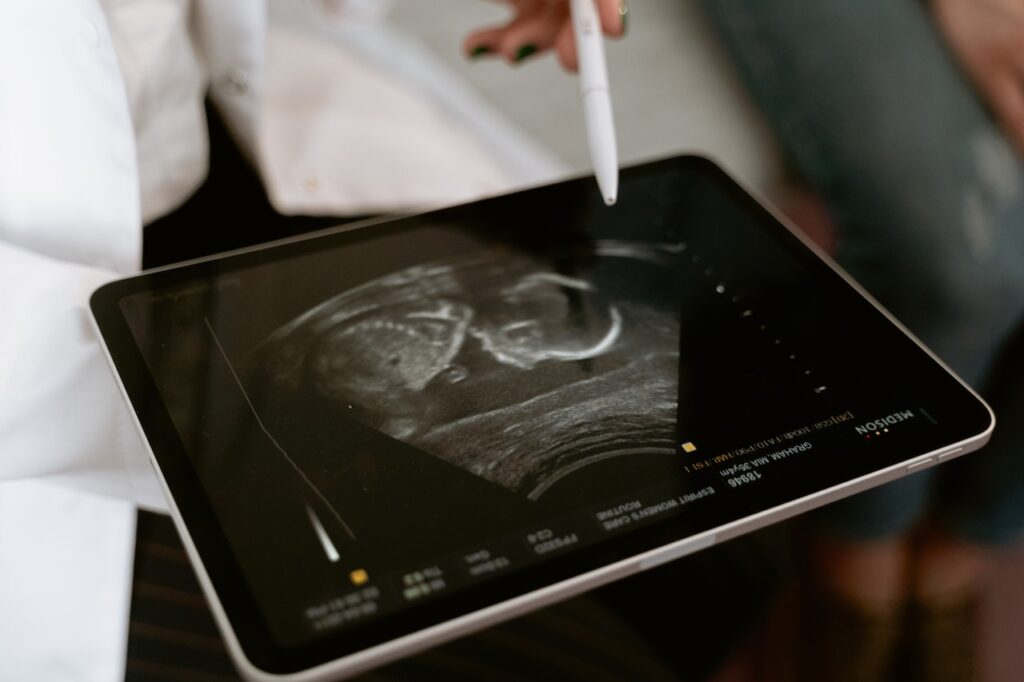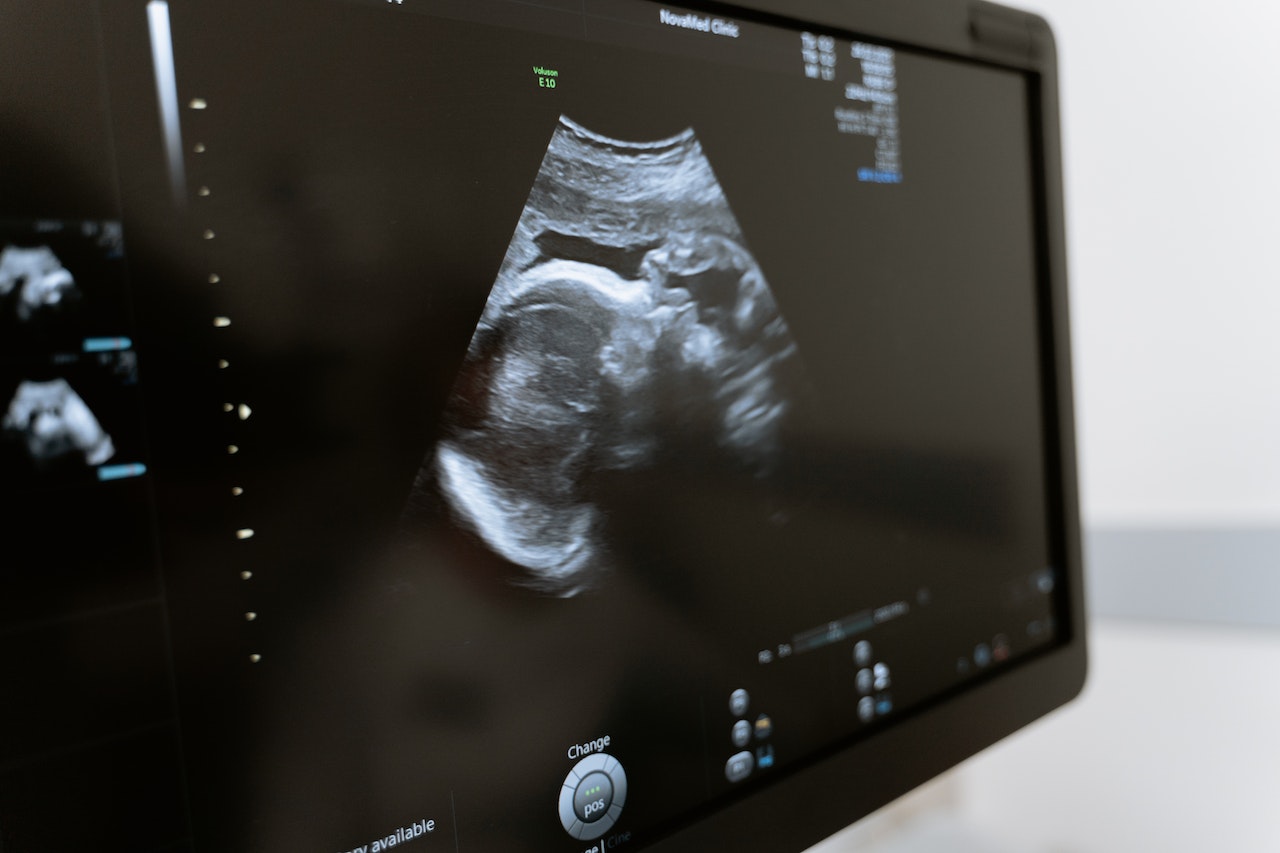
Why is the Left Ovary is Not Visualized in Ultrasound
When it comes to ultrasounds, it is not uncommon for the left ovary to go unnoticed or not be visualized. This can cause confusion and concern for patients undergoing the procedure. So why exactly is the left ovary sometimes difficult to see on an ultrasound?
One possible explanation is that the position of the left ovary can vary from person to person. It may be situated deeper within the pelvis or obscured by other organs, such as the sigmoid colon or bowel loops. Additionally, factors like body shape, obesity, or excessive gas in the intestines can further hinder its visibility as observed on a full body MRI.
Furthermore, anatomical variations play a role in this phenomenon. The left ovary might be positioned higher or lower than expected, making it harder to capture on an ultrasound image. The angle at which the transducer is placed and skill level of the sonographer also contribute to whether or not the left ovary is visualized during the procedure.
Anatomy of the Ovaries
When it comes to understanding why the left ovary may not be visualized in ultrasound, it’s important to delve into the intricate anatomy of these reproductive organs. The ovaries, which are a crucial part of the female reproductive system, play a vital role in hormone production and the release of eggs during ovulation.
The ovaries are typically almond-shaped structures located on either side of the uterus. However, there can be variations in their position and appearance from person to person. While ultrasounds are generally effective in visualizing both ovaries, there are instances where the left ovary may not be clearly visible.
One possible reason for this is that the left ovary might be positioned deeper within the pelvis or obscured by other nearby structures such as the bowel or bladder. This can make it more challenging for ultrasound waves to penetrate and capture an accurate image of the left ovary. Additionally, individual differences in body composition and organ placement can contribute to this variation in visibility.
It’s worth noting that certain medical conditions like ovarian cysts or tumors can also affect how well an ovary shows up on ultrasound. These abnormalities can alter the size, shape, or texture of the ovary, making it less conspicuous during imaging procedures.
In some cases, further diagnostic techniques like transvaginal ultrasound or magnetic resonance imaging (MRI) may be recommended to obtain a clearer picture of the left ovary if its visualization remains elusive with traditional abdominal ultrasound.
Understanding why the left ovary is not always easily visualized in ultrasound requires considering factors such as anatomical variations, presence of nearby structures impeding visualization, and potential underlying pathologies affecting ovarian appearance. By appreciating these complexities, healthcare professionals can better interpret ultrasound findings and provide accurate diagnoses for patients’ gynecological concerns.
The Role of Ultrasound in Visualizing Organs
Ultrasound imaging, also known as sonography, is a valuable diagnostic tool that uses high-frequency sound waves to create real-time images of the body’s internal structures. It plays a crucial role in visualizing various organs and detecting potential abnormalities. Let’s delve into how ultrasound aids in visualizing organs and why the left ovary might not always be clearly seen during this procedure.
- Non-invasive Imaging Technique: Ultrasound is non-invasive, meaning it does not require any surgical incisions or radiation exposure. Instead, it relies on sound waves that bounce off internal tissues and organs to generate detailed images. This makes it a safe and widely used imaging modality for evaluating different parts of the body, including the reproductive system.
- Ovarian Positioning: The position of the ovaries can vary from person to person, with the left ovary often being situated slightly deeper within the pelvis compared to its counterpart on the right side. Due to this anatomical difference, visualizing the left ovary during an ultrasound scan may pose some challenges.
- Factors Affecting Visualization: Several factors can affect the visualization of organs during an ultrasound examination. These include obesity, bowel gas interference, scar tissue from previous surgeries, and operator technique. In some cases, when other pelvic structures obstruct clear imaging of the left ovary or if there is limited access due to patient discomfort or positioning constraints, it may not be well visualized.
- Overcoming Challenges: To optimize visualization during ultrasound scans and improve clarity for identifying specific organs like the left ovary, experienced sonographers employ various techniques such as adjusting probe position and angle, using different transducer frequencies, or applying gentle pressure externally (transabdominal) or internally (transvaginal) depending on patient comfort and requirements.
- Clinical Correlation Is Key: When encountering difficulty in visualizing the left ovary during an ultrasound, it’s important to note that clinical correlation is crucial. The absence of visualization does not necessarily indicate a problem with the organ itself. Other diagnostic methods, such as blood tests or additional imaging modalities like MRI or CT scans, may be utilized to gather comprehensive information and ensure accurate diagnosis.
In summary, ultrasound plays a vital role in visualizing organs by utilizing sound waves to create detailed images without invasive procedures or radiation exposure. While the left ovary can sometimes pose challenges for clear visualization due to anatomical variations and other factors, experienced sonographers employ techniques to optimize imaging quality.











